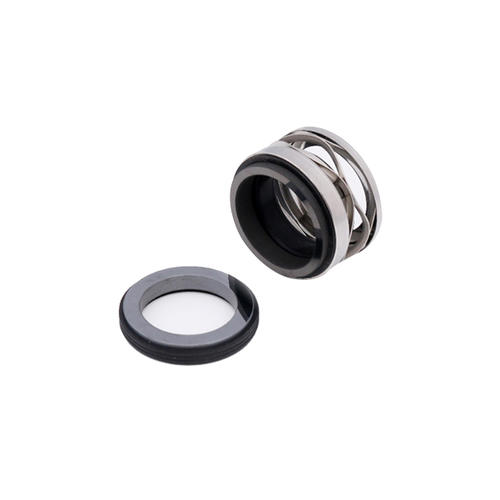The Role of Submersible Pump Seals in Fluid Management Systems
1.Function and Importance of Submersible Pump Seals:
Submersible pump seals serve as a barrier between the pump shaft and the surrounding fluid, preventing leakage and contamination. These seals play a crucial role in maintaining the integrity of the pump system, protecting internal components from damage caused by fluid ingress. By creating a tight seal, they ensure efficient pump performance and prolong the lifespan of the equipment.
2.Types of Submersible Pump Seals:
There are several types of submersible pump seals designed to suit different operating conditions and fluid types. Common types include mechanical seals, lip seals, and labyrinth seals. Mechanical seals, comprising rotating and stationary components in close contact, offer high efficiency and reliability in preventing fluid leakage. Lip seals, on the other hand, utilize a flexible lip to create a seal between moving parts. Labyrinth seals feature a series of closely spaced fins to obstruct fluid flow and prevent leakage in challenging environments.
3.Performance and Reliability:
The performance and reliability of submersible pump seals are paramount in ensuring the continuous and trouble-free operation of submersible pumps. High-quality seals manufactured from durable materials such as carbon, ceramic, and elastomers exhibit superior wear resistance and chemical compatibility, enhancing longevity and performance. Proper installation and maintenance of seals are essential to minimize downtime and prevent costly repairs associated with seal failure.
4.Preventing Fluid Leakage and Contamination:
One of the primary functions of submersible pump seals is to prevent fluid leakage and contamination. Any leakage in the pump system can compromise efficiency, increase energy consumption, and lead to environmental hazards. By selecting the appropriate seal type based on the application requirements and operating conditions, manufacturers can effectively mitigate the risk of fluid leakage and ensure the safe and efficient operation of submersible pumps.
5.Maintenance and Replacement:
Regular maintenance and inspection of submersible pump seals are essential to detect early signs of wear or damage. Timely replacement of worn seals can prevent unexpected failures and extend the service life of the pump. Manufacturers and operators should follow recommended maintenance schedules and guidelines to ensure that submersible pump seals are functioning optimally and meeting performance standards.
Submersible pump seals play a critical role in fluid management systems by preventing leakage, protecting internal components, and ensuring the efficient operation of submersible pumps. By understanding the functions, types, and importance of submersible pump seals, manufacturers and operators can optimize pump performance, enhance reliability, and maintain fluid integrity in industrial applications. Prioritizing the selection, installation, and maintenance of high-quality seals is key to achieving long-term efficiency and reliability in fluid handling processes.





.jpg?imageView2/1/w/350/h/180)


